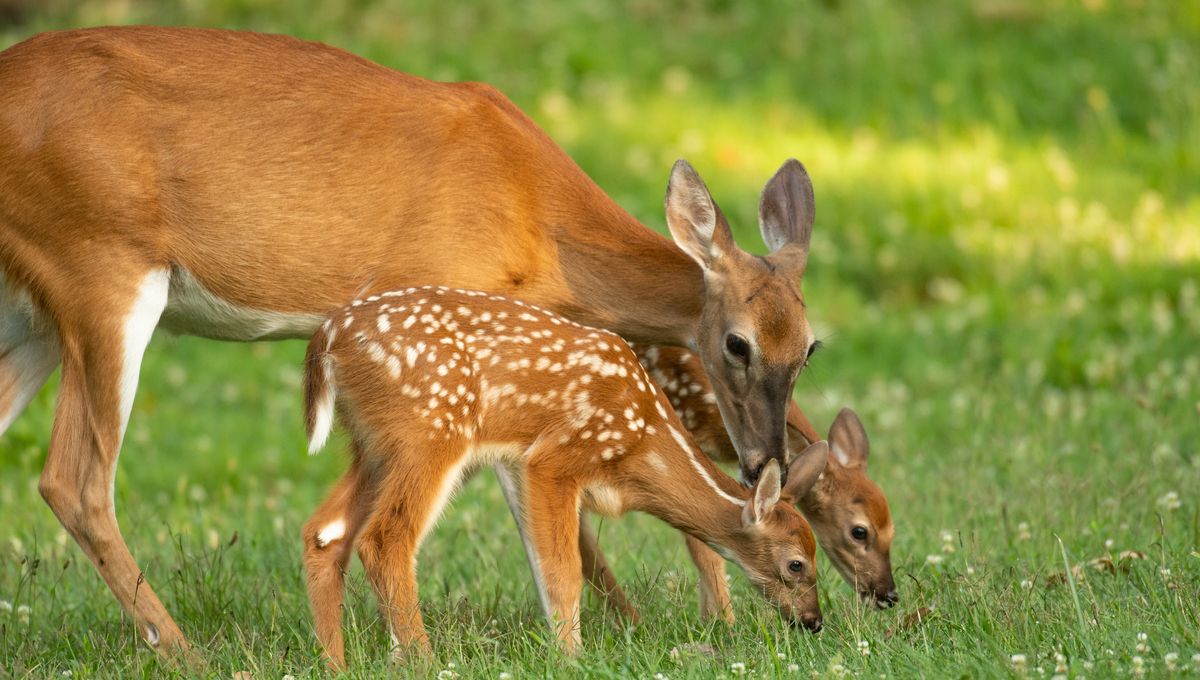
It takes a lot of energy to make a baby, whatever species you are. Biologists studying animal energy expenditure have been underestimating the requirements of reproduction for decades by focusing on the direct costs and ignoring or underestimating the indirect costs, which a new assessment indicates are much larger.
When a baby (or an egg) is growing, there is an energy cost to the mother to form the organs and tissue – there is a reason we talk of “eating for two”. This is described as the direct cost, in contrast to indirect cost such as the raised metabolism associated with pregnancy.
Several methods have been used to estimate these costs, but according to new work led by Samuel Ginther of Monash University’s School of Biological Sciences, all have been badly wrong. According to Ginther and colleagues, direct costs have been calculated fairly accurately, but indirect energy consumption has been vastly underestimated, or ignored altogether.
“Mechanistic theories,” the authors write, “Include explicit estimates of indirect costs but assume that they are trivial, ranging from 5 to 25 percent of the total energy spent on reproduction.” Try telling that to someone who has carried a pregnancy in a heatwave. Other processes for estimation mention indirect costs, but refer to them as being so trivial as to be able to ignore them. We recommend not mentioning that to someone who is pregnant.
Fortunately, however, there is no need for such handwaving guesses; scientists have monitored energy consumption in many species during reproduction, including examples from mammals, reptiles, and fish. Ginther and colleagues pulled this data together for 81 species to reveal indirect costs almost always outweigh direct costs.
The contrast is particularly sharp in mammals, where females on average expend nine times as much energy indirectly as directly. Moreover, this only counts the cost during pregnancy, not the energy involved in producing milk, protecting young from danger, providing warmth in winter, and teaching them life skills.
Humans are a particularly extreme example, with 96 percent of the energy required to produce a baby being spent indirectly. The authors attribute this primarily to our long gestations. Humans don’t have the highest indirect costs, however. White-tailed deer expend 470 Megajoules indirectly for each birth. That’s the highest in the study sample, but Ginther told IFLScience elephants or blue whales would almost certainly be higher still, their metabolism is just a lot harder to track.
Egg-laying species have higher proportional direct costs, partly because they often produce many young at once, but even here the estimates have been too low. Egg-laying cold-blooded animals expend 31 percent of their energy indirectly on average, while the figure is 55 percent for cold-blooded species that give birth to live young, like some sharks. Birds were not included in the sample because the authors could find data for two species, which they considered insufficient for drawing conclusions.
“These findings have significant implications for understanding how animals evolve and adapt to their environments. They also raise concerns about the potential impact of climate change on species’ reproductive success, as the study found that indirect costs are particularly sensitive to temperature fluctuations,” Ginther said in a statement.
Ginther told IFLScience it’s hard to measure an animal’s metabolism throughout gestation, and so when someone guessed the metabolic costs were low it was probably copied and repeated without checking. It’s taken a long time for the experimental data to build up.
All these estimates are for the female contribution. However, there is a widespread assumption in biology that, on average, males of a species expend the same amount of energy to reproduce as females, just in different ways. The direct costs of sperm production are probably tiny, but the courtship displays, production of exotic feathers, and fights for dominance can be hugely demanding.
This assumed equality is more than a guess; if reproduction took a lesser toll on one sex than the other, individuals could maximize their chance of grandchildren by having more children of that sex. Yet, if this equality of the sexes does apply, male indirect energy expenditure must also have been greatly underestimated, at least in mammals.
“It’s very tricky to quantify the energy spent on mate attraction or fighting,” Ginther told IFLScience. This is probably particularly true when calculating the damage done in battle. Nevertheless, the authors recommend investigating whether the assumption of energy equality is correct.
Meanwhile, if you’re thinking about having children but are not sure if you can afford them, know that you are not alone.
The study is published in the journal Science.
Source Link: Even Among Animals Offspring Are Surprisingly Expensive